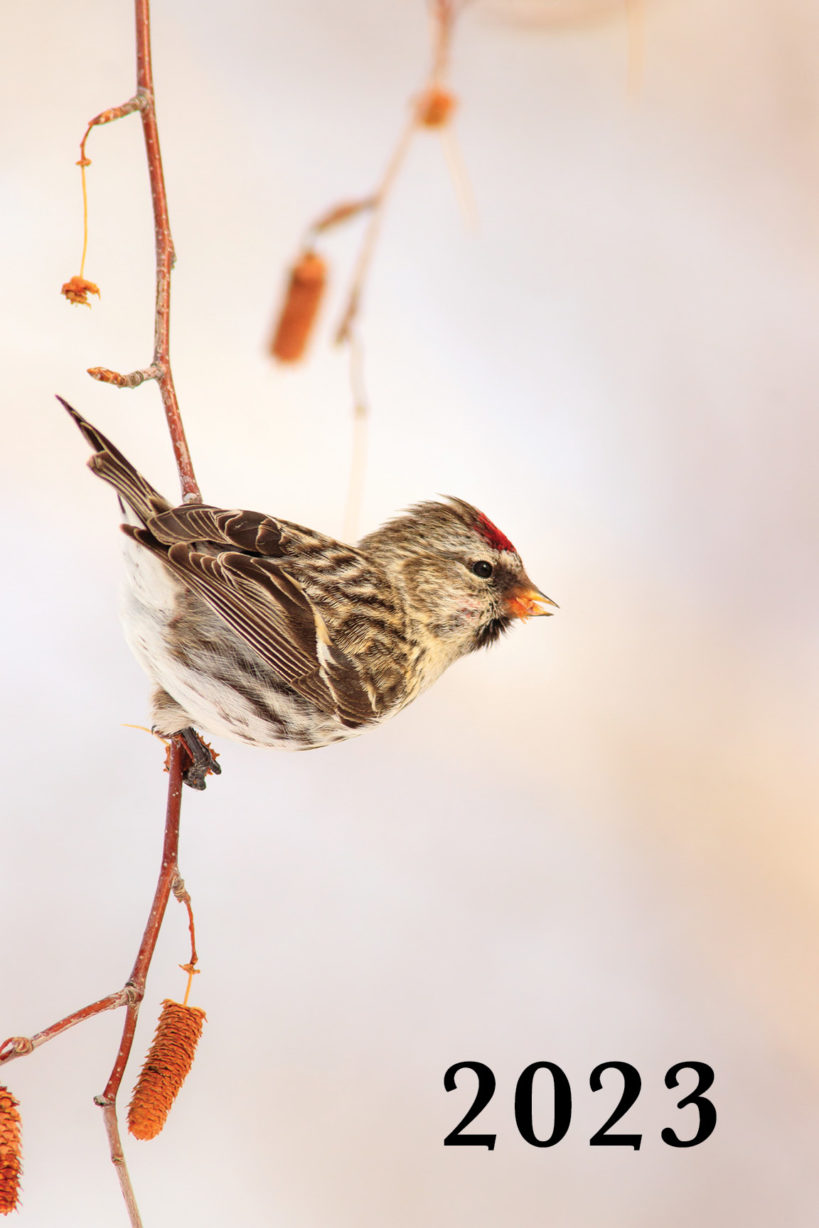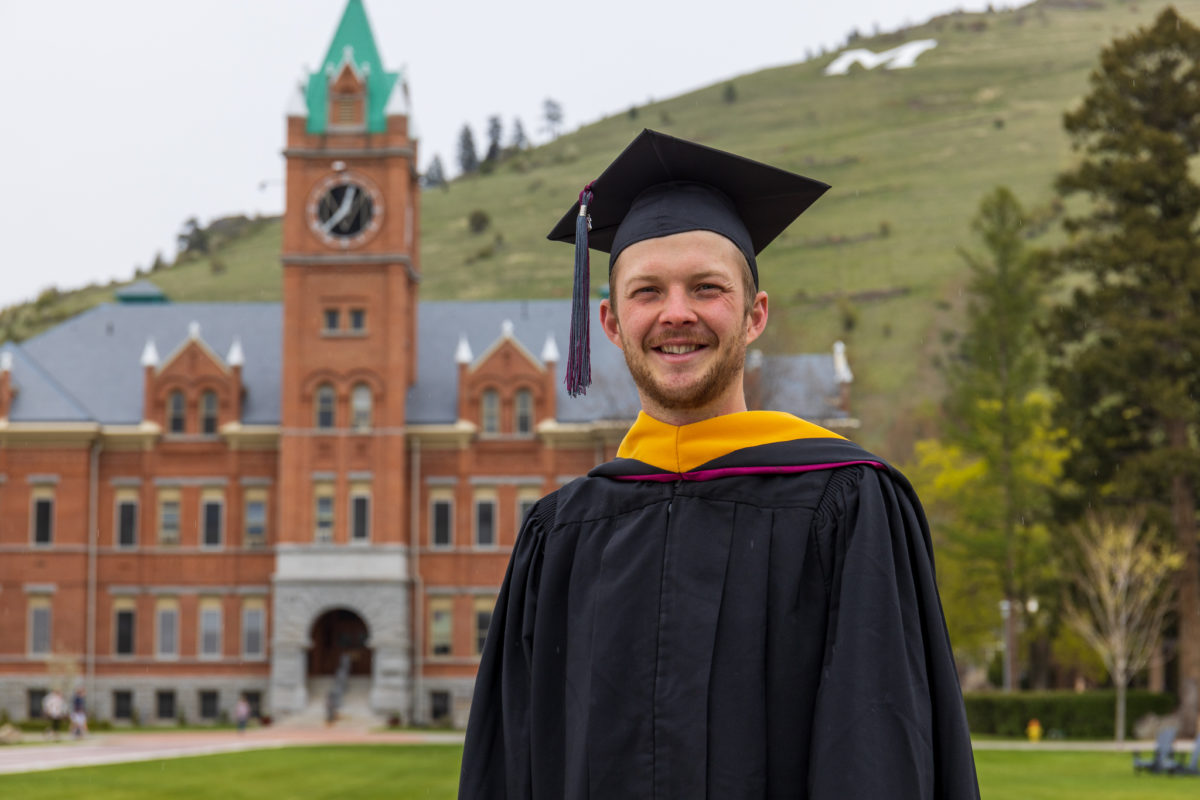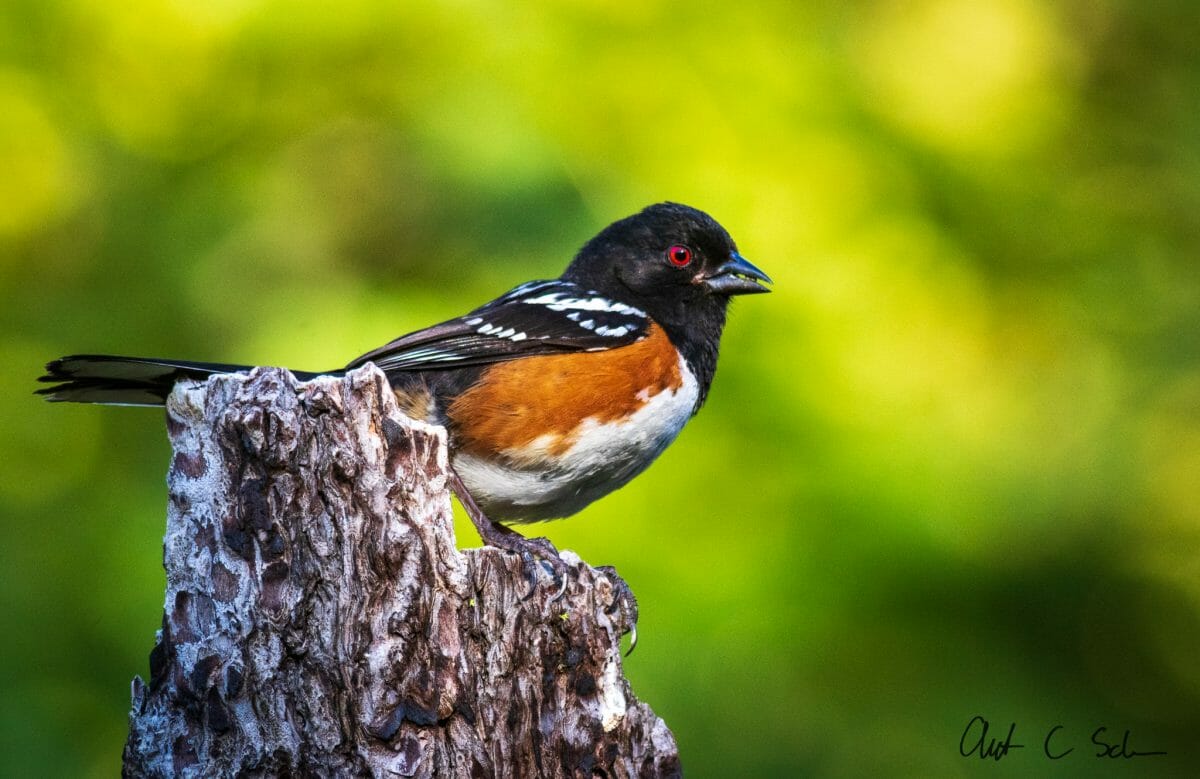Conservation Calendars
Sadly, I am not making conservation calendars for 2024. I hope to bring them back next year. – Austin
Stunning photos to keep me going 365 days a year
January 5, 2023
This is my third year with Austin’s calendar, and they just get better each time. His photography is incredible, and the calendar is thoughtfully designed. One of my favorite aspects is that each photo caption includes a reference to the Indigenous homeland where it was taken. The 2023 calendar is more than an organization tool, it’s a work of art.





